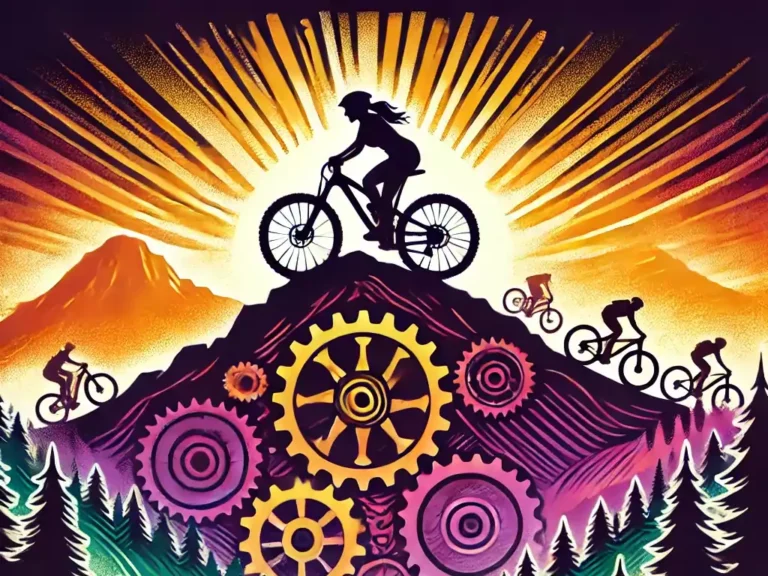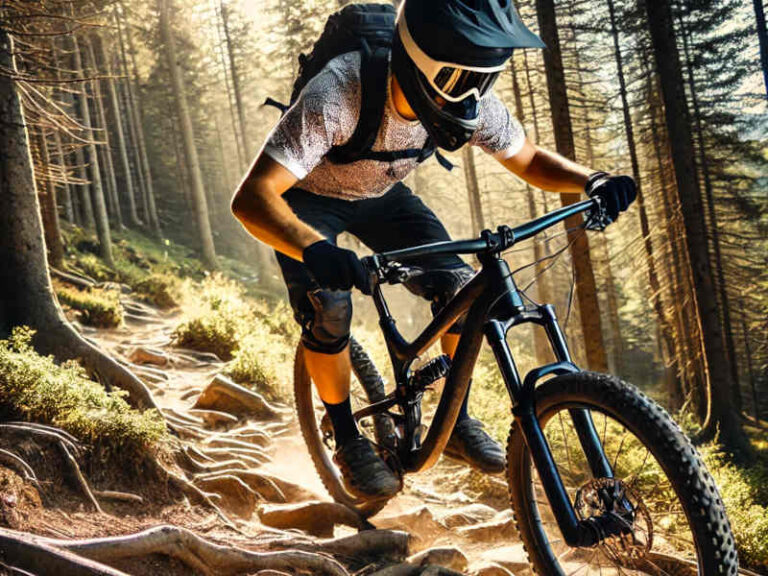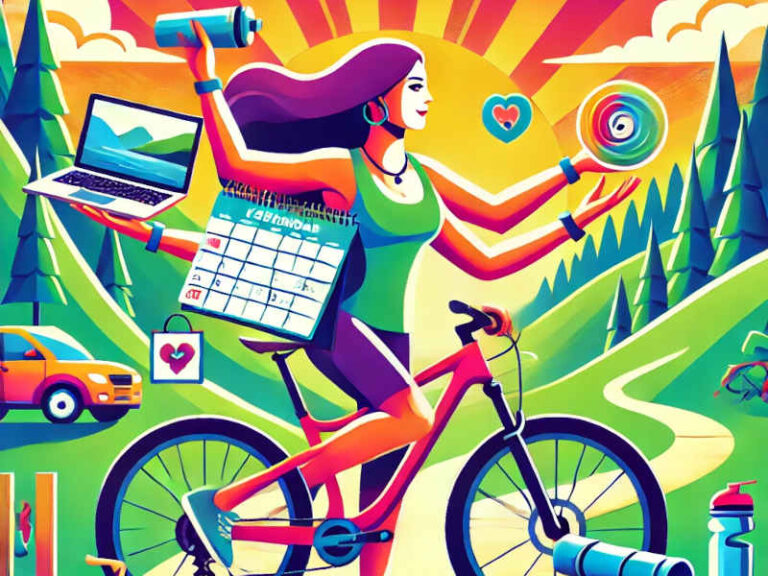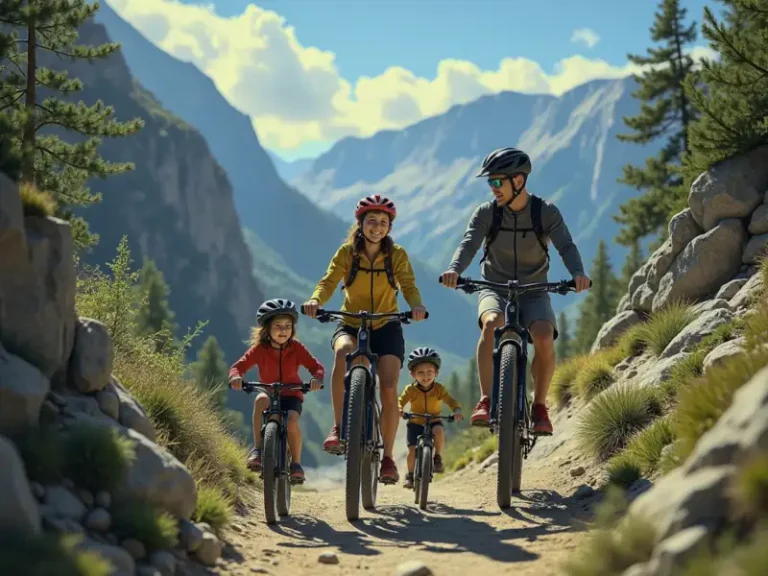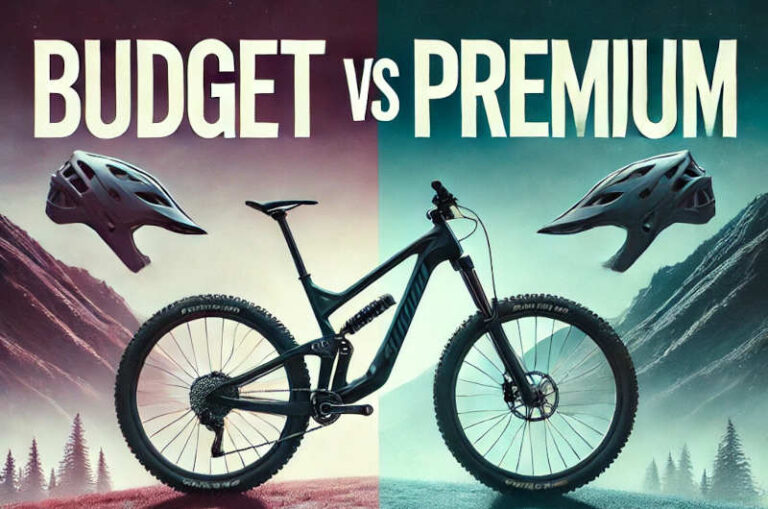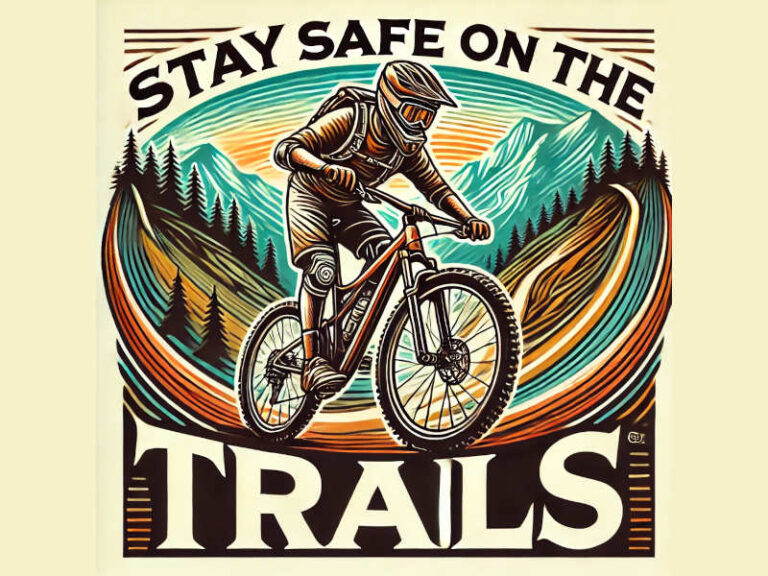Avoid These 7 Common Mistakes When Buying Mountain Biking Gear
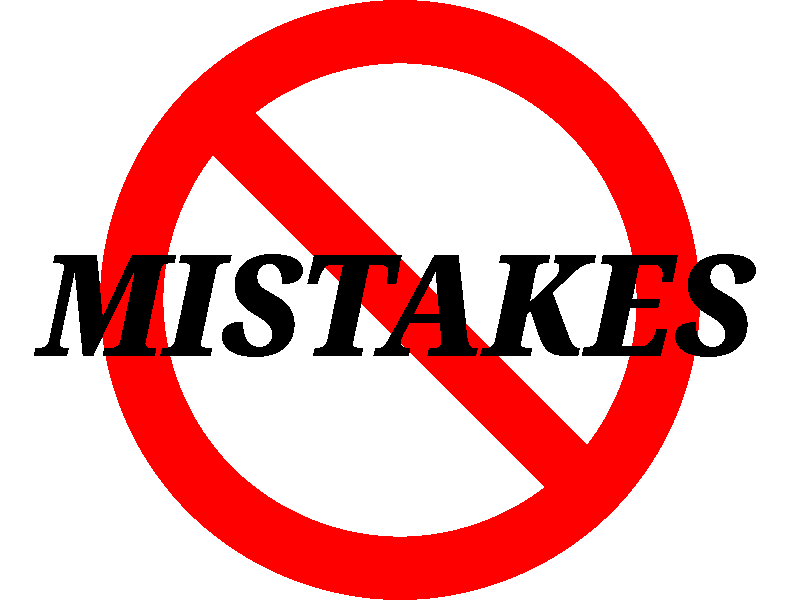
Whether you’re a new rider or upgrading your kit, it’s easy to make mistakes that leave you with uncomfortable, poorly performing, or even unsafe gear. From prioritizing style over safety to skimping on proper footwear, these common errors can impact your ride and your wallet.
But don’t worry! By understanding these missteps and learning a few simple tips, you can confidently choose gear that enhances your comfort, safety, and overall riding experience.
Here are 7 common mistakes people make when buying mountain biking gear, along with detailed explanations and helpful tips to avoid them:
1. Prioritizing Style Over Function
- Mistake: Many new riders pick gear based solely on how it looks—like flashy jerseys, cool helmets, or trendy shoes—without considering functionality.
- Why it’s a problem: Style won’t matter much if your gear doesn’t fit, protect, or perform well. For example, a sleek helmet that lacks proper ventilation will leave you overheating on long rides.
- Helpful Hint: Always prioritize safety, fit, and performance over looks. Once you’ve found gear that meets your needs, then focus on aesthetics.
2. Ignoring Proper Sizing
- Mistake: Riders often underestimate how important properly fitting gear is, whether it’s a helmet, shoes, or clothing. Ill-fitting gear can be uncomfortable, unsafe, or reduce performance.
- Why it’s a problem:
- A helmet that’s too big won’t protect you during a crash.
- Shoes that don’t fit properly can cause foot pain and poor pedaling efficiency.
- Loose clothing can snag on branches or parts of the bike.
- Helpful Hint: Always try on gear before buying, or check return policies for online purchases. Use size charts and look for reviews that mention sizing accuracy.
3. Overlooking Safety Features
- Mistake: Some people buy cheaper gear without considering essential safety technologies like MIPS (Multi-directional Impact Protection System) in helmets or knee pads with CE certification for impact protection.
- Why it’s a problem: Low-quality or outdated gear may not offer adequate protection in case of a fall or crash.
- Helpful Hint: Look for recognized safety certifications and features like:
- Helmets: MIPS, WaveCel, or rotational impact protection.
- Pads: CE Level 1 or Level 2 safety certifications.
- Glasses: UV protection and shatter-resistant lenses.
4. Not Considering the Riding Style
- Mistake: New riders often purchase gear that isn’t suited for their specific riding style—like using XC (cross-country) helmets for downhill riding or casual flat shoes for aggressive trail riding.
- Why it’s a problem: Gear designed for one riding style may not provide enough protection, comfort, or durability for another.
- Helpful Hint: Match your gear to your riding style:
- Cross-Country (XC): Lightweight gear, breathable jerseys, and helmets with plenty of ventilation.
- Trail/All-Mountain: Versatile gear with added protection and durability.
- Downhill/Enduro: Heavier-duty helmets, pads, and full-face protection.
5. Buying Cheap Gear to Save Money
- Mistake: While it’s tempting to buy budget gear, extremely cheap equipment often sacrifices quality, durability, and safety.
- Why it’s a problem: Low-quality gear can break down quickly, cost more in the long run, and may not perform when you need it most (like a helmet cracking on a minor impact).
- Helpful Hint: Look for a balance between quality and budget. Instead of buying the cheapest option, invest in mid-range gear that has good reviews and durability. Check second-hand options for quality brands if you’re on a tight budget.
6. Neglecting Footwear
- Mistake: Riders sometimes use regular sneakers or hiking shoes instead of proper mountain biking shoes, assuming there’s no major difference.
- Why it’s a problem:
- Poor grip on flat pedals can cause slips.
- Stiffness and support are lacking, reducing power transfer.
- Lack of durability—regular shoes wear out quickly on rough trails.
- Helpful Hint: Invest in proper MTB shoes:
- Flat Pedal Riders: Look for shoes with grippy rubber soles (e.g., Five Ten Freeriders).
- Clipless Riders: Get MTB-specific shoes compatible with cleats for better power transfer.
7. Not Testing Gear Before Buying
- Mistake: Many riders buy gear without testing it—like saddles, grips, or even bikes—only to realize it’s uncomfortable or doesn’t suit their riding style.
- Why it’s a problem: MTB gear can be expensive, and returns aren’t always easy, especially for items like bike saddles or custom-fitted helmets.
- Helpful Hint:
- Test Ride: Take advantage of demo days, rental gear, or in-store try-ons.
- Saddles: Look for a bike shop that offers saddle fitting or returns.
- Helmets: Try them on to ensure a snug and secure fit without pressure points.
By avoiding these mistakes, you can make informed, cost-effective choices while ensuring comfort, safety, and performance out on the trails. Then you can focus on the reason for all your gear – a thrilling and fun ride!

by: Cory Willins
Cory is a dynamic and passionate content writer, specializing in sports-related topics. With over a decade of experience in the field, Cory has established… read more

